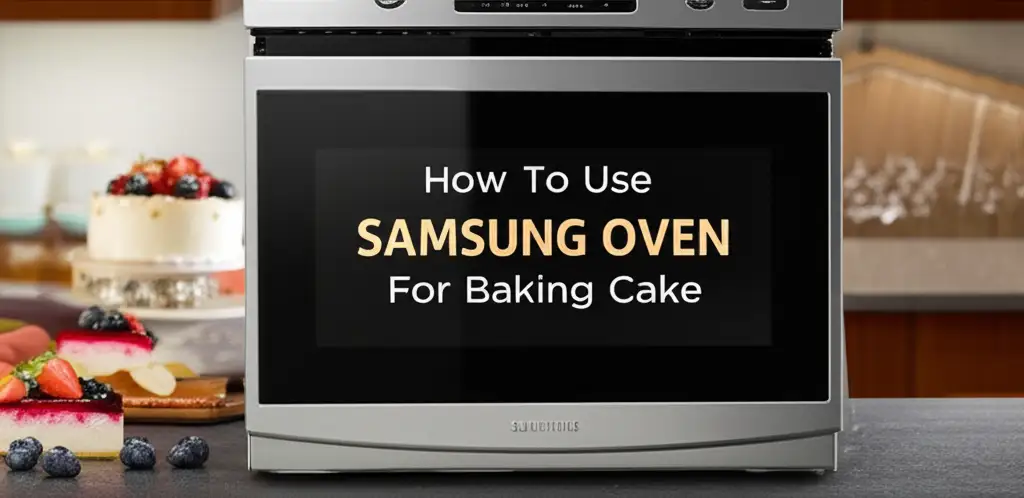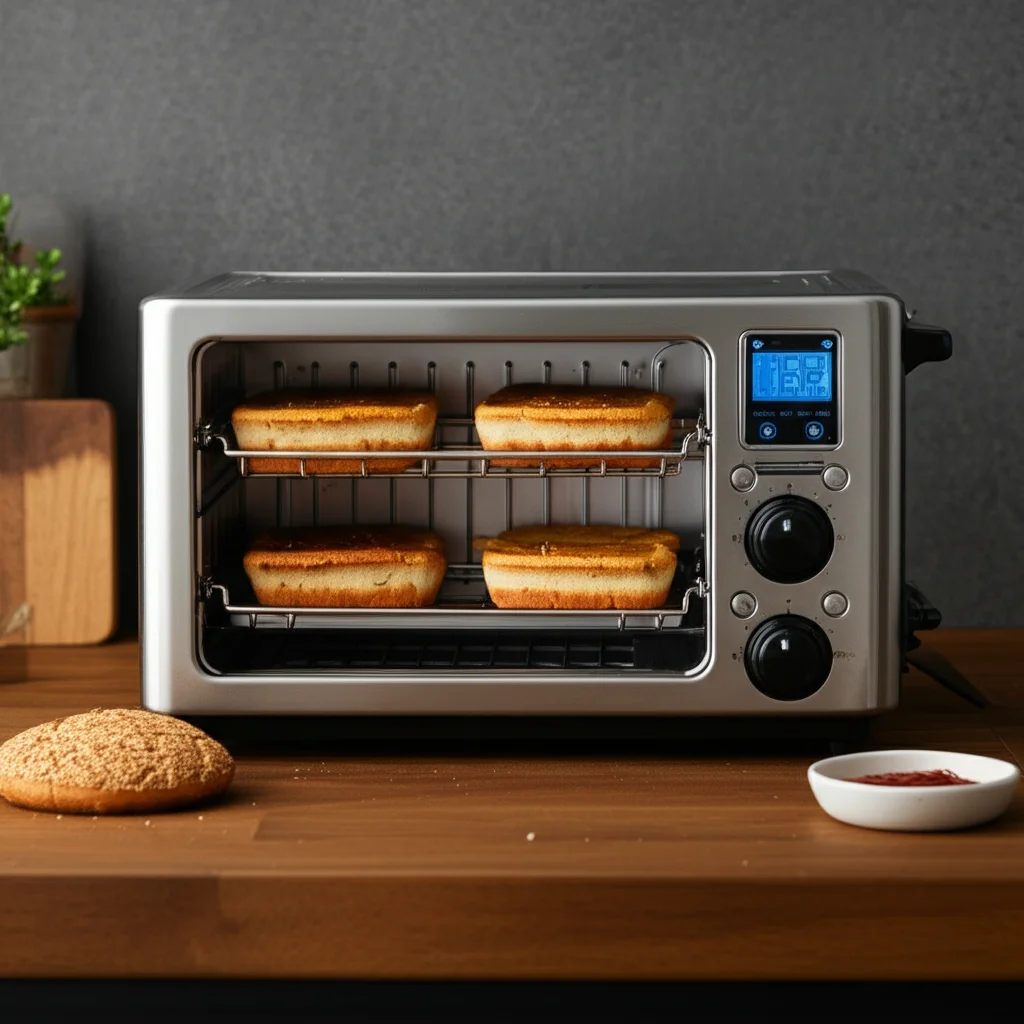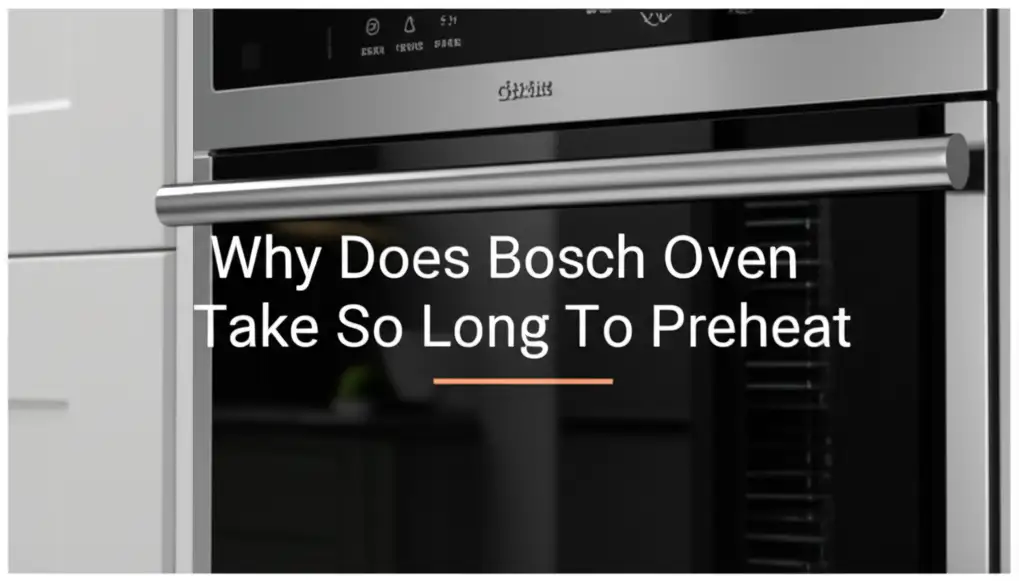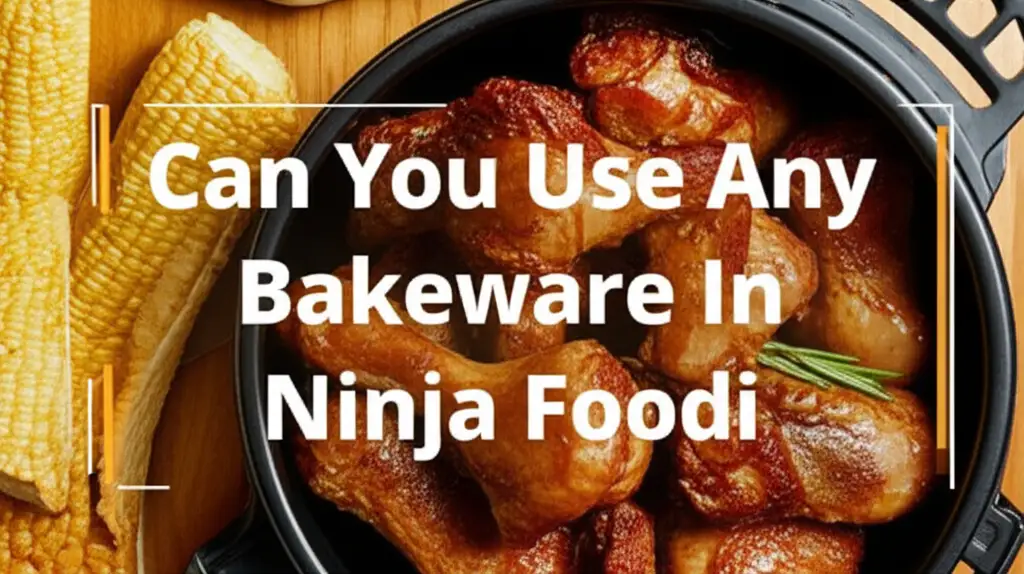· Todd Martin · Kitchen Appliances · 15 min read
Can I Use Aluminum Pan On Glass Top Stove
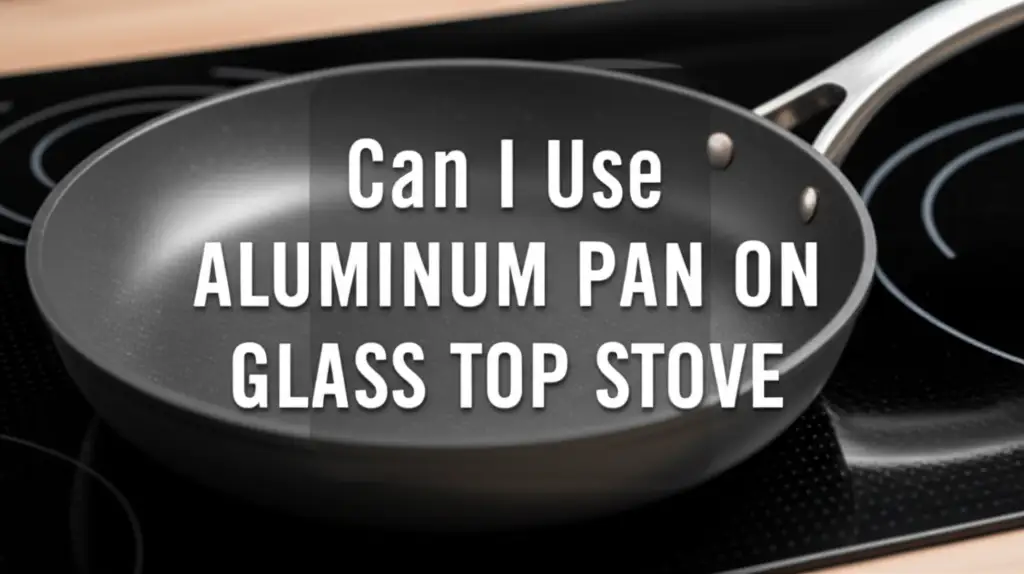
Cooking Safely: Can I Use Aluminum Pan On Glass Top Stove?
Cooking on a glass top stove offers a sleek look and easy cleaning. Many people wonder about cookware compatibility. A common question I hear is, “Can I use aluminum pan on glass top stove?” This is a valid concern. Different materials react differently to the smooth surface and direct heat. Understanding these interactions ensures your stove stays in good condition. It also helps your cooking results stay consistent. This guide explores the details of using aluminum pans on glass top stoves. We will cover potential issues, safe practices, and how to keep your appliance looking new.
Takeaway
- You can use aluminum pans on glass top stoves.
- Always choose flat-bottomed aluminum pans.
- Avoid dragging pans across the glass surface.
- Clean the stove top regularly to prevent stains.
- Consider anodized aluminum for better performance.
You can use an aluminum pan on a glass top stove. Basic aluminum pans are generally safe for cooking on a glass top surface. It is important to use pans with a flat, smooth bottom. Pans with rough edges or warped bases can cause problems. Proper handling helps prevent scratches or residue on your stove.
Understanding Glass Top Stoves and Aluminum Cookware
Glass top stoves offer a modern cooking experience. They have a flat, smooth surface made of ceramic glass. This surface heats quickly and distributes heat evenly. Glass top stoves are also easy to clean. They provide a sleek look in any kitchen. My own experience with a glass top stove has been mostly positive due to its clean lines.
Aluminum cookware is very popular. It is lightweight and conducts heat well. This means your food heats up fast. Aluminum pans are also affordable. Many kitchens have a variety of aluminum pots and pans. They come in different types, like plain aluminum and anodized aluminum. Anodized aluminum has a harder surface, making it more durable.
When you bring these two items together, compatibility is key. The flat surface of the stove needs a flat pan bottom for good heat transfer. A good connection means more efficient cooking. It also helps prevent hot spots in your food. I always check the base of my pans before using them on my glass top. This simple step saves time and ensures better results.
Aluminum is a reactive metal. It can react with certain foods, especially acidic ones. This can affect the taste of your food. It can also cause the pan to discolor over time. Anodized aluminum reduces this reactivity. The hard coating on anodized pans makes them less likely to react with food. This makes them a better choice for many recipes. Regular cleaning of aluminum pans also helps maintain their appearance. For tips on keeping your aluminum pans in top shape, check out how to clean aluminum pan.
Potential Issues of Using Aluminum on Glass Top Stoves
While using an aluminum pan on a glass top stove is possible, some issues can arise. Understanding these problems helps you avoid them. Prevention is always easier than repair. I have learned this through personal experience with kitchen appliances.
One common concern is scratches. Aluminum pans, especially thin ones, can scratch the glass surface. This happens if the pan has a rough bottom. It can also happen if you drag the pan across the stove. Over time, many small scratches can dull the stove’s appearance. Deep scratches might even affect how the stove heats. Always lift pans instead of sliding them.
Another issue is residue and discoloration. Aluminum pans can leave light gray marks on a glass top stove. This often looks like a metallic smudge. It happens when aluminum rubs against the hot glass. These marks are usually surface-level. They can be tricky to remove if left uncleaned. I once had a stubborn gray mark that took extra effort to clean.
Sometimes, pans can warp. A warped aluminum pan will not sit flat on the stove. This creates an uneven contact area. Uneven contact leads to poor heat distribution. Your food may cook unevenly. A warped pan also tends to rock on the surface. This rocking motion can also scratch the glass. Using a pan with a truly flat bottom is critical for both safety and cooking performance.
Heat retention also plays a role. Aluminum heats up very quickly. It also cools down fast. This can be an advantage for precise cooking. However, it also means the pan will cool quickly once removed from the heat. This is different from cast iron, which retains heat much longer. Be aware of this property when planning your meals. Always make sure your pans are clean on the bottom before placing them on the stove. This prevents any burnt food or residue from transferring to your glass top, which can cause further issues. To keep your stove top sparkling, consider learning how to clean glass stove top with vinegar.
The Good News: Safe Aluminum Cookware Types
Not all aluminum pans are the same. Some types are safer and perform better on glass top stoves. Knowing these differences helps you choose the right cookware. This decision can save you from potential damage and frustration.
Anodized Aluminum: This is a top choice for glass top stoves. Anodized aluminum has a hardened surface. This process makes the aluminum stronger and more scratch-resistant. The surface is also non-reactive. It prevents the aluminum from leaving marks on your stove. Anodized pans are less likely to warp. Their smooth, hard bottom is gentle on the glass. I personally prefer anodized aluminum for most of my stovetop cooking. It performs well and protects my appliance.
Heavy-Gauge Aluminum with a Flat Bottom: Look for aluminum pans that feel substantial. Thicker, heavier pans are less likely to warp. A perfectly flat bottom is essential. A flat bottom ensures maximum contact with the stove surface. This allows for efficient and even heat transfer. Check the pan’s base before buying. Run your hand across it. It should feel smooth and perfectly level. Some aluminum pans have a disc on the bottom made of a different metal. This disc often contains stainless steel. It adds weight and provides a very flat cooking surface. This type of pan is also excellent for glass top stoves.
Non-Stick Aluminum: Many non-stick pans have an aluminum base. The non-stick coating usually prevents direct contact between the raw aluminum and the glass. These pans are generally safe. Always ensure their bottoms are flat. Also, check for any exposed aluminum if the coating is damaged. Non-stick coatings can wear over time. If you use non-stick pans on your electric stove, you might find more details useful here: can we use non-stick pan on electric stove.
When purchasing new cookware, consider these factors. Investing in quality aluminum pans pays off. They will last longer and protect your stove. A good pan makes cooking more enjoyable. It also reduces worries about damaging your appliance.
Best Practices for Using Aluminum on Glass Top Stoves
Using aluminum pans safely on your glass top stove requires good habits. These practices help extend the life of both your cookware and your appliance. I follow these steps every time I cook.
- Ensure Pans are Clean and Flat: Before placing any pan on your stove, check its bottom. It should be clean and free of any food residue. Even small particles can scratch the glass. The pan’s base must be perfectly flat. A warped pan will rock and cause uneven heating. It also increases the risk of scratches.
- Lift, Don’t Drag: This is the most important rule. Always lift your aluminum pan completely off the surface when moving it. Never slide or drag it. Dragging causes scratches and can leave metallic marks. Even smooth-bottomed pans can cause damage if dragged. This simple action protects your stove’s finish.
- Match Pan Size to Burner Size: Use a pan that matches the size of the burner element. A pan too small for the burner wastes energy. A pan too large might not heat evenly. Proper sizing also helps concentrate heat where it is needed. This reduces energy consumption.
- Use Proper Heat Settings: Aluminum heats up fast. Start with lower heat settings and increase gradually. High heat can sometimes cause thin aluminum pans to warp. It can also lead to food burning. Always monitor your cooking. Adjust the temperature as needed. Gradual heating helps protect both the pan and the stove.
- Avoid Overheating Empty Pans: Never leave an empty aluminum pan on a hot burner. This can cause the pan to warp very quickly. Extreme heat can also damage the non-stick coating if present. Always add oil or food before turning on the heat.
Following these practices ensures a safe and efficient cooking experience. It helps maintain the appearance and function of your glass top stove. These small steps make a big difference in the long run. If you find your stove top has developed burnt marks from spills, knowing how to clean burnt water off glass stove top can be very helpful.
Maintaining Your Glass Top Stove After Aluminum Use
Proper maintenance is crucial for a long-lasting glass top stove. This is especially true when using aluminum pans. Aluminum can sometimes leave faint marks or residue. Regular cleaning prevents these issues from becoming permanent. I clean my stove top after almost every use.
Immediate Cleanup of Spills: Clean spills right away, if safe to do so. Food spills, especially sugary ones, can bake onto the hot surface. This creates stubborn stains. If a spill happens, turn off the burner. Let it cool down a bit. Then, carefully wipe it away. Do not let food burn onto the stove. Burnt food is much harder to remove later.
Daily Wiping: After cooking, let the stove cool completely. Then, wipe the entire surface with a damp cloth and mild dish soap. This removes food splatters and grease. Follow with a clean, dry cloth. This simple step keeps your stove looking its best. It also prevents residue buildup from aluminum.
Deep Cleaning for Stubborn Marks: Sometimes, aluminum can leave gray streaks. These are metallic marks. For these, use a specialized glass cooktop cleaner. Apply a small amount to the mark. Rub gently with a soft cloth or a non-abrasive pad. You might need to use a razor scraper designed for glass cooktops for very tough spots. Hold the scraper at a shallow angle. Gently push to lift the residue. This method helps remove built-up stains. For more detailed cleaning methods for your electric stove, you might find this guide helpful: how to clean glass stove top electric.
Addressing Scratches: Minor scratches from aluminum pans might occur. Unfortunately, deep scratches on glass cooktops cannot be repaired easily. You can sometimes minimize their appearance with a polish designed for glass. The best approach is prevention. Always lift pans and use flat-bottomed cookware. This careful habit avoids scratches in the first place. If you ever face scratches on a black glass stove top, these tips might help: how to clean black glass stove top scratches.
Consistent cleaning ensures your glass top stove remains beautiful and functional. It protects your investment. A clean stove also makes cooking more enjoyable. It is a vital part of kitchen hygiene.
When to Avoid Aluminum on Glass Top Stoves
While most aluminum pans are fine, some types should not be used on glass top stoves. Knowing these exceptions protects your appliance from damage. I always check my pans before deciding to use them.
Thin, Lightweight, or Flimsy Pans: Avoid using very thin aluminum pans. These pans are prone to warping quickly. A warped pan does not make good contact with the stove surface. This leads to uneven heating. It also causes the pan to rock, which can scratch the glass. These pans often have rough edges or bottoms. They are not suitable for the smooth surface of a glass top stove.
Pans with Rough or Textured Bottoms: Some older or cheaper aluminum pans have rough, unfinished bottoms. These textures can easily scratch the delicate glass surface. The bottom of your pan should be smooth to the touch. It should glide across the surface without resistance if you were to move it slightly (though you should always lift!).
Warped or Damaged Pans: Never use an aluminum pan that is already warped. Even a slight warp means the pan will not sit flat. This creates hot spots and instability. It increases the risk of scratching and inefficient cooking. Pans with dents or raised areas on the bottom should also be avoided. Inspect your cookware regularly. Replace damaged pans for better cooking results and stove protection.
Bare Aluminum with Heavy Residue: If your aluminum pan has burnt-on food or heavy residue on its exterior bottom, clean it thoroughly before use. This residue can stick to the glass top. It can also scratch the surface as you move the pan. A clean pan bottom is essential for safe use. Sometimes aluminum pans can get stained, and learning how to clean an aluminum pan that is stained can be very helpful.
Using the wrong type of aluminum pan can lead to costly repairs or a ruined stove surface. Always prioritize the condition of your cookware. Choose pans specifically designed or suitable for glass top cooking. Your stove will thank you.
Alternatives to Aluminum Cookware for Glass Tops
If you are concerned about using an aluminum pan on a glass top stove, many other materials work well. These alternatives offer excellent performance and protect your appliance. I often mix and match different materials in my kitchen.
- Stainless Steel: This is a popular and safe choice. Stainless steel pans are durable and resist warping. They offer excellent heat distribution, especially those with a heavy, encapsulated base. They do not scratch glass easily. Stainless steel pans are also non-reactive. They are easy to clean and maintain. Many professional kitchens use stainless steel.
- Cast Iron (Enameled): Enameled cast iron is safe for glass top stoves. The enamel coating protects the stove surface. Cast iron retains heat very well, which is great for slow cooking. It provides even heat. However, regular cast iron (without enamel) can be rough. It is very heavy and can scratch or crack the glass if dropped. Always lift enameled cast iron carefully.
- Copper (with Flat Base): Copper conducts heat very efficiently. Pans with a flat, smooth copper bottom are safe. Be aware that copper can leave marks on the stove. These marks are usually easy to wipe away. Copper pans also heat up very fast. They are often beautiful pieces of cookware.
- Ceramic Cookware: Ceramic pans are often lightweight and have a naturally smooth surface. They heat evenly. They are a good option for glass top stoves. Ensure the bottom is flat and free of imperfections. Ceramic is non-reactive and often non-stick.
- Titanium Cookware: Titanium cookware is very durable and lightweight. It often has a non-stick coating. Titanium is safe for glass top stoves. It resists scratches and heats evenly. It is a good long-term investment.
When choosing cookware, consider the weight and texture of the pan’s bottom. Heavy pans increase the risk of accidental drops and cracks. Rough textures will scratch. Always aim for smooth, flat bases. This ensures your glass top stove remains pristine. Choosing suitable cookware makes cooking a joy. It also keeps your appliances in good condition.
FAQ Section
Q1: Can thin aluminum pans scratch a glass top stove? A1: Yes, thin aluminum pans can scratch a glass top stove. They are more prone to warping, which creates uneven surfaces. Warped pans can rock and rub against the glass, causing scratches. Always check the pan’s bottom for flatness and smoothness before use. Lift pans rather than sliding them to prevent damage.
Q2: What kind of marks do aluminum pans leave on glass top stoves? A2: Aluminum pans can leave light gray or silvery metallic marks on glass top stoves. These marks occur when aluminum rubs against the hot glass surface. They are usually surface-level smudges. These marks are often removable with specialized glass cooktop cleaners.
Q3: Is anodized aluminum safer than regular aluminum for glass tops? A3: Yes, anodized aluminum is generally safer for glass top stoves than regular aluminum. Anodization creates a harder, smoother, and more durable surface. This reduces the risk of scratching the glass. It also makes the pan less reactive and more resistant to warping.
Q4: How can I remove aluminum marks from my glass top stove? A4: To remove aluminum marks, let the stove cool completely. Apply a dedicated glass cooktop cleaner to the marks. Rub gently with a soft cloth or non-abrasive pad. For stubborn marks, use a razor scraper designed for cooktops. Hold the scraper at a shallow angle.
Q5: Can warped aluminum pans damage a glass top stove? A5: Yes, warped aluminum pans can damage a glass top stove. A warped pan does not sit flat, leading to uneven heat distribution. Its unstable base can rock or wobble, increasing the chance of scratching the glass surface. Using flat-bottomed pans is essential.
Q6: What other cookware materials are best for glass top stoves? A6: Other excellent cookware materials for glass top stoves include stainless steel, enameled cast iron, and ceramic cookware. These materials typically have flat, smooth bottoms. They also offer good heat distribution. Always ensure any pan you use has a perfectly flat base.
Conclusion
So, can I use aluminum pan on glass top stove? The answer is yes, with important considerations. Aluminum pans are generally safe for glass top stoves. You must choose the right type of pan. Pans with flat, smooth bottoms are best. Anodized aluminum is a superior choice. It offers durability and less risk of marks.
Always handle your cookware with care. Lift pans instead of dragging them. Maintain a clean stove top. Regular cleaning prevents residue buildup and permanent stains. Inspect your pans for warps or rough spots. Replacing damaged cookware helps protect your investment. Choosing the right pans and following simple care steps ensures safe and efficient cooking. Your glass top stove will remain beautiful and functional for many years. Enjoy cooking with confidence on your modern stove!


